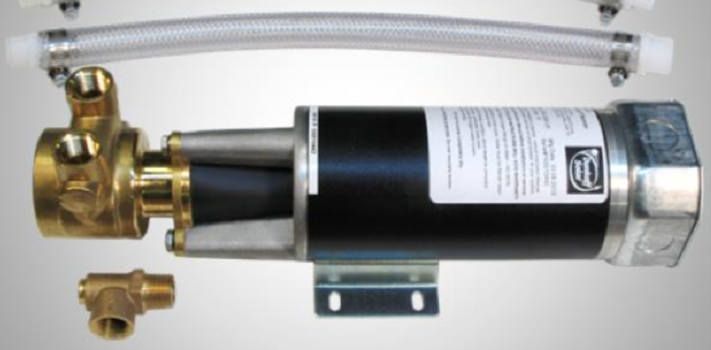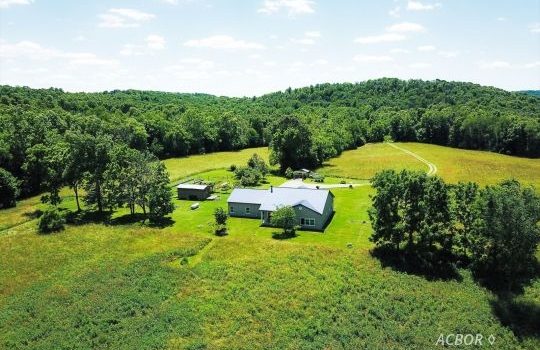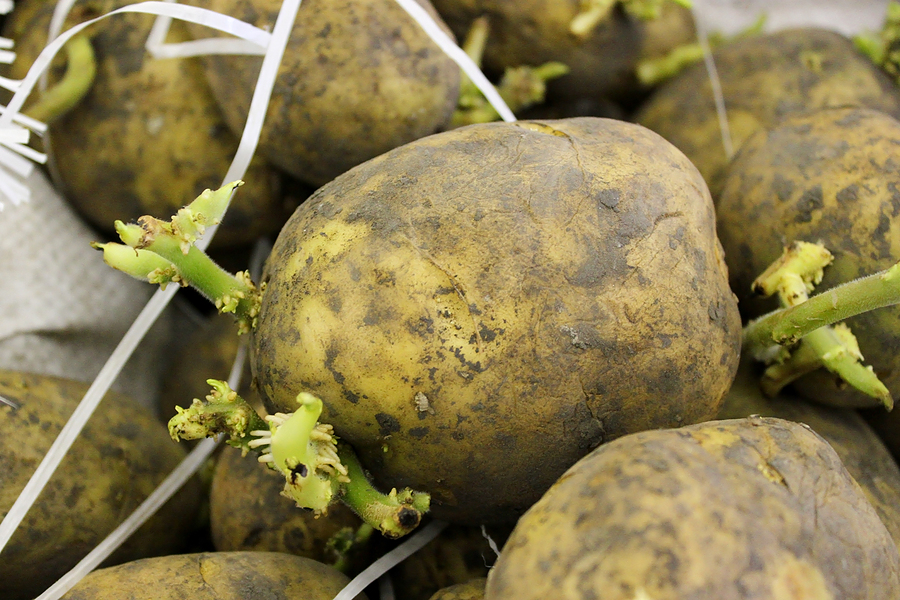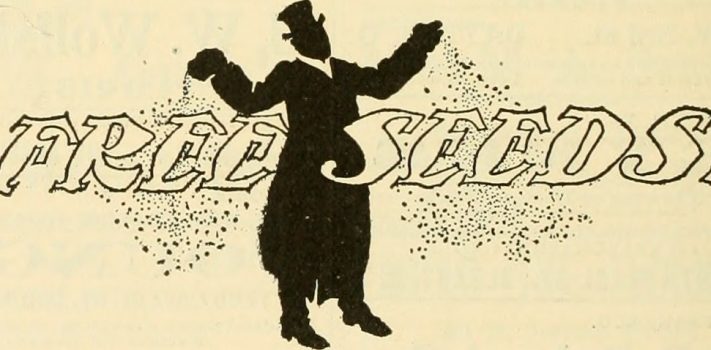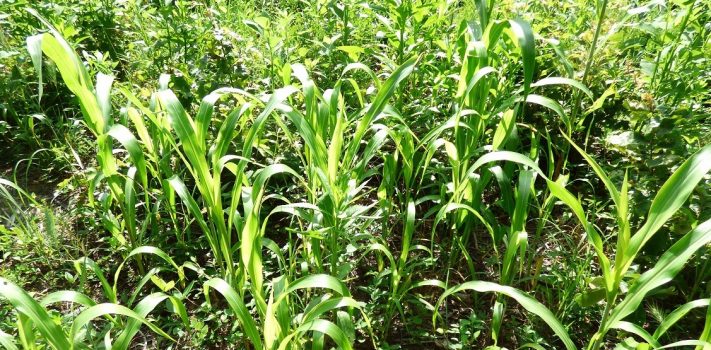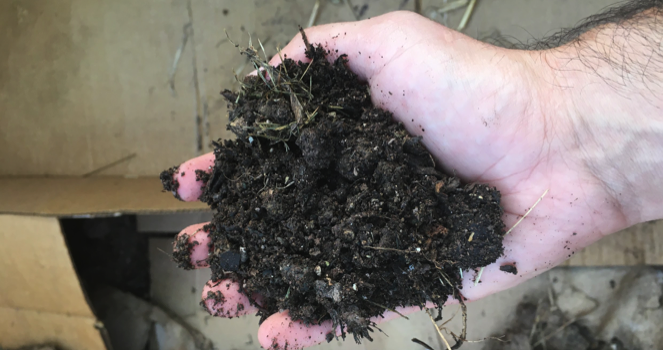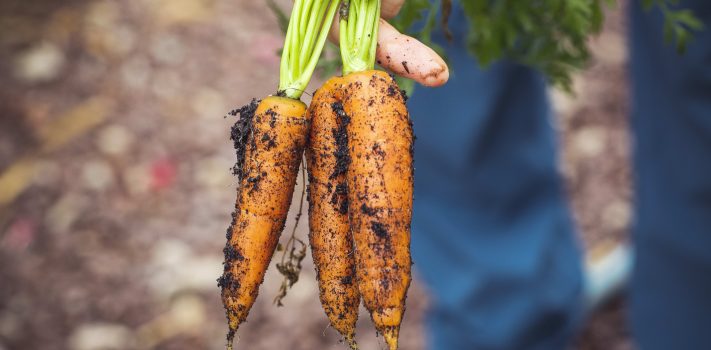Using a Dankoff Solar Powered Water Pump – Part 2, by Tunnel Rabbit
(Continued from Part 1.) There are clear advantages with the addition of electronics, and a battery-based pump system. However reliable they may, or may not be, both of these options can fail at a future date. As it is, if there are not the microchips to produce it today, so I would not expect it to be available during or after TEOTWAWKI. If we know how to work around a complex device normally used to run solar pumps, then we can also avoid the expense of either the pump controller or perhaps even a PV system altogether. Simplicity is better …

